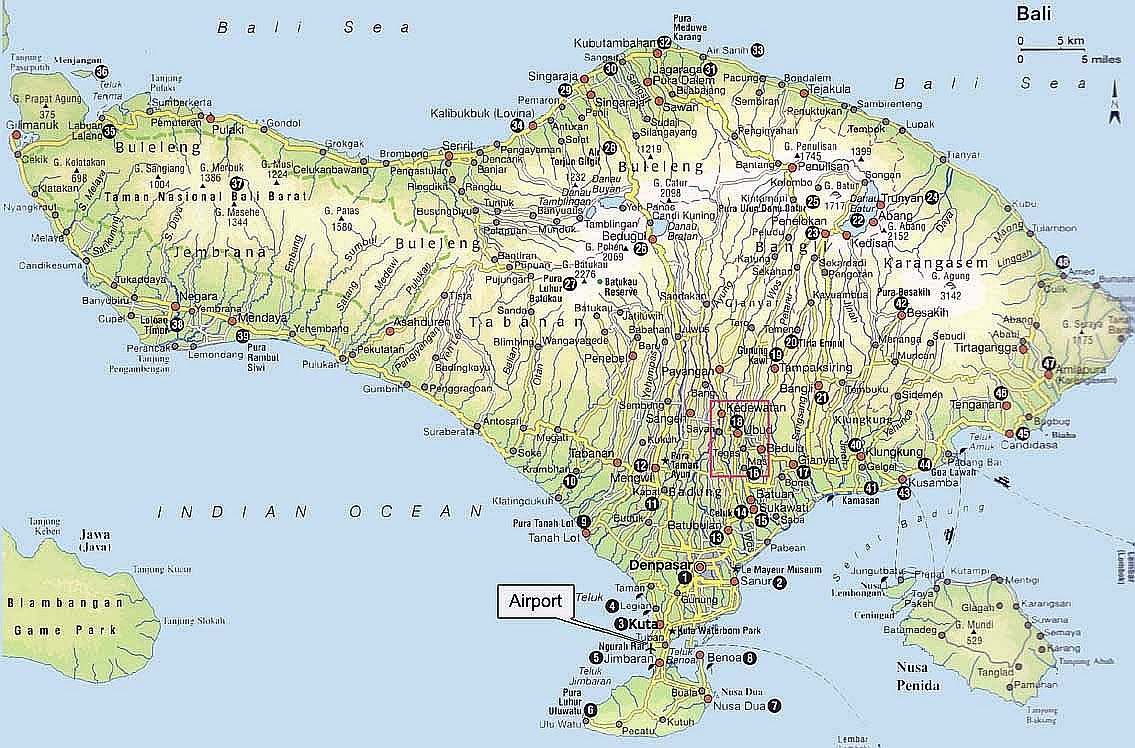Thursday, October 23, 2008
By China Millman, Pittsburgh Post-Gazette
Pam Panchak/Post-Gazette
French Press coffee service at Legume Bistro in Regent Square.
Great restaurants are great because of their attention to detail. Whether in Pittsburgh or Paris, they serve high-quality bread, use freshly squeezed juices in cocktails and make their desserts from scratch in house. Too many restaurants in Pittsburgh treat these elements of the meal as if they were only details, as if they don't matter in the overall scheme of success.
There are many easy changes that restaurants could make to improve the quality of their meals (so-called whipped cream that actually comes from a canister is ubiquitous and frustrating), but instead I'd like to examine a problem that isn't so easily solved, but is definitely worth solving. Why is it so hard to get a decent cup of coffee in a Pittsburgh restaurant?
The general absence of good coffee in Pittsburgh restaurants is baffling, because Pittsburgh has a vibrant coffee culture supported by people who are also some of the city's most active diners. Pittsburgh has an impressive number of high-quality cafes where professionals devote themselves to serving the best possible coffee and espresso.
Meanwhile, above-average restaurants in Pittsburgh rarely serve above-average coffee. At the end of meals I have learned to order coffee with my fingers crossed. Will it be weak and watery, or so bitter it's undrinkable without a dose of sugar and cream? Will espresso be cold? Will a double shot be large enough to fill a coffee, rather than a demitasse, cup, and will it taste similarly diluted?
Coffee in restaurants will probably never be able to compete in a head-to-head comparison with the best cafes, but that doesn't mean it can't be more than tolerable. Why aren't restaurants taking advantage of, or at least demonstrating an awareness of, an already educated public willing to pay extra for a quality cup?
The immediate cause is disappointingly obvious: Good coffee costs more. No amount of work can turn mediocre beans into a good cup of coffee. Sam Patti, owner of the La Prima Espresso Company, has had a number of frustrating tastings at restaurants where owners and staff express enthusiasm for La Prima coffee, but then balk at spending more for it than they do for whatever they're already brewing -- despite the fact that they can taste the difference in quality.
Even restaurants that buy high-quality beans rarely seek comprehensive training from Patti or from other local experts such as Rich Westerfield of Aldo Coffee in Mt. Lebanon. Though beans are an essential ingredient of good coffee, it's entirely possible to get bad coffee from good beans, just as it's entirely possible to get bad food from high-quality ingredients.
Training staff to make coffee or espresso is difficult, especially given the high turnover of many restaurant workers. When it comes to espresso, most restaurants are doomed from the start, because the machine is "often at the wrong temperature due to long idle times between drink orders," explained Westerfield. "But for drip, any decent place should be able to handle press pots or individual pour-overs with a short but good menu of different coffees."
Westerfield is referring to techniques that most coffee experts consider the future: single-cup brewing methods such as chemex pots, a sort of manual version of drip-coffee, and French press pots, where water is poured directly over ground coffee, "brewed" for approximately three minutes, then the water is "pressed" out of the coffee using a fine wire mesh.
French press coffee is the ideal solution for restaurants because the most important aspect of this method is the recipe -- using the proper amount of beans, ground at the right size, for the right amount of water at the right temperature. Once you've figured out the recipe you prefer, it is quite simple to teach it to anyone.
Legume Bistro has been serving French press coffee (with La Prima beans) since it opened in the summer of 2007, and the coffee I've had there has been consistently top-notch. A small pot of coffee provides two small cups, while a large pot could easily be split among two to four people.
The best part about French press coffee is that not only does it produce excellent coffee, it also introduces a pleasant element of ritual into the meal.
Coffee and tea often get short shrift in individual restaurant reviews because there is simply too much going on in any restaurant to write about everything, but their quality has a measurable impact on my overall experience. I don't expect perfection, just a reasonable amount of care and quality, the same amount of care and quality that goes into the food.
Restaurants continue to worry about rising costs as the price of most major commodities continues to climb, and most will probably scoff at the idea of choosing to spend more on anything right now. But given the current economic climate, there's probably going to be a thinning of restaurants, and the ones that make it aren't necessarily going to be the cheapest. The restaurants that survive are probably going to be the ones that offer the greatest perception of value -- the best experience at any price. Coffee is often the last taste of a restaurant that customers get. Shouldn't it make them want to come back?
skip to main
|
skip to left sidebar
skip to right sidebar
Black as the devil, Hot as hell, Pure as an angel, Sweet as love.
Travel to Indonesia
Contact Our Team:
Raja Kelana Adventures Indonesia
Raja Kelana Adventures Indonesia
Email: putrantos2022@gmail.com
Facebook Messenger: https://www.facebook.com/putranto.sangkoyo






